Y'all, it is expensive being a human being.
But ladies feel that expense differently, courtesy of unfair pay wages and the pink tax.
In 2022, the Pew Research Center's analysis of median hourly earnings of both full and part-time workers found that women earned an average of 82% of what men earned — a figure that's barely inched along in the last 20 years.
On top of that, we have the pink tax, a term that references how marketers target women with pink products...with products that also get marked up (sometimes as much as 50%) to their otherwise gendered or genderless counterparts.
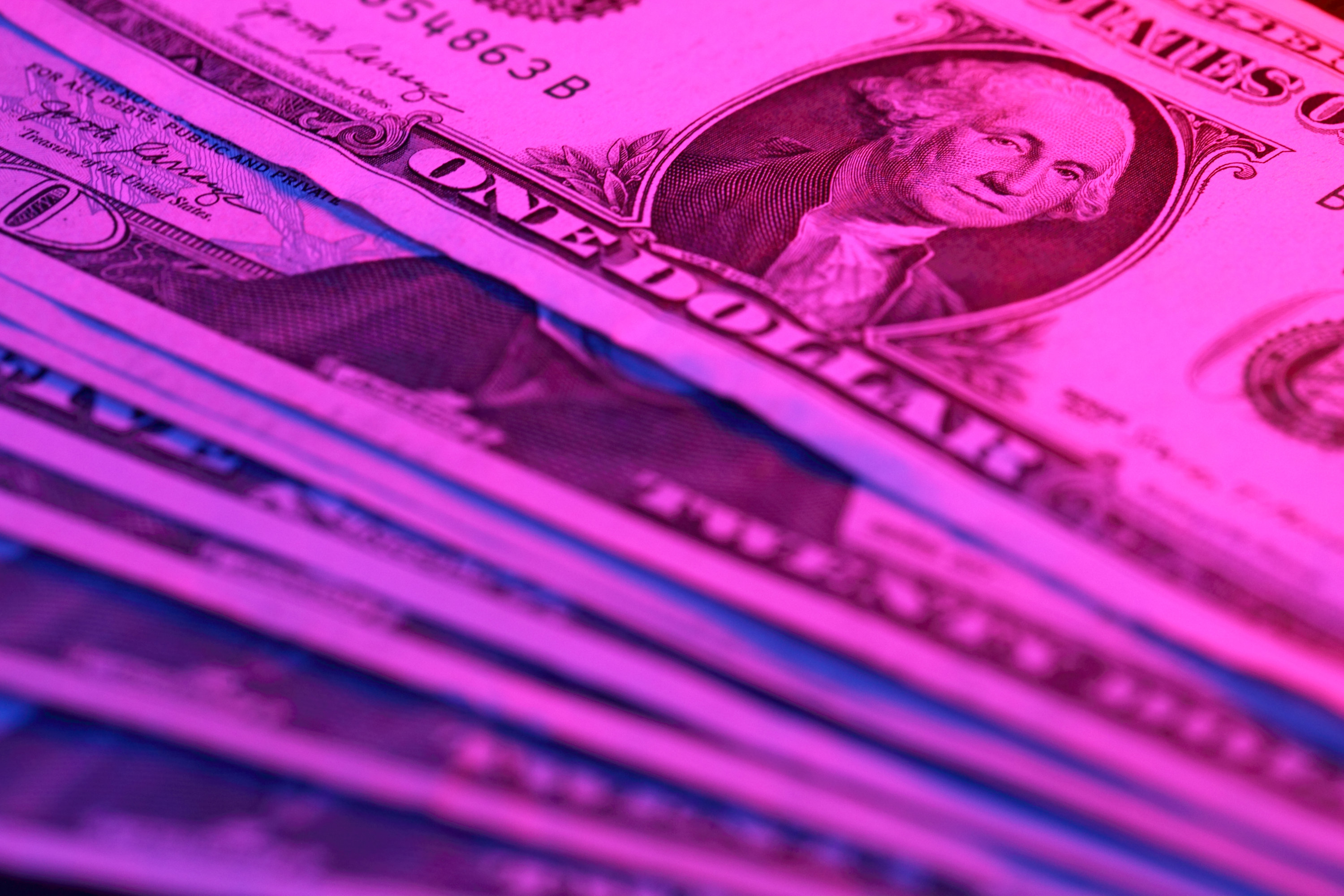
The good news is that there's progress being made. There's been fierce advocating for both equal pay and equal pricing. Starting this year, a new California law will see retailers who don't offer equal pricing hit with steep fines in an attempt to eliminate the pink tax and promote women's economic health.
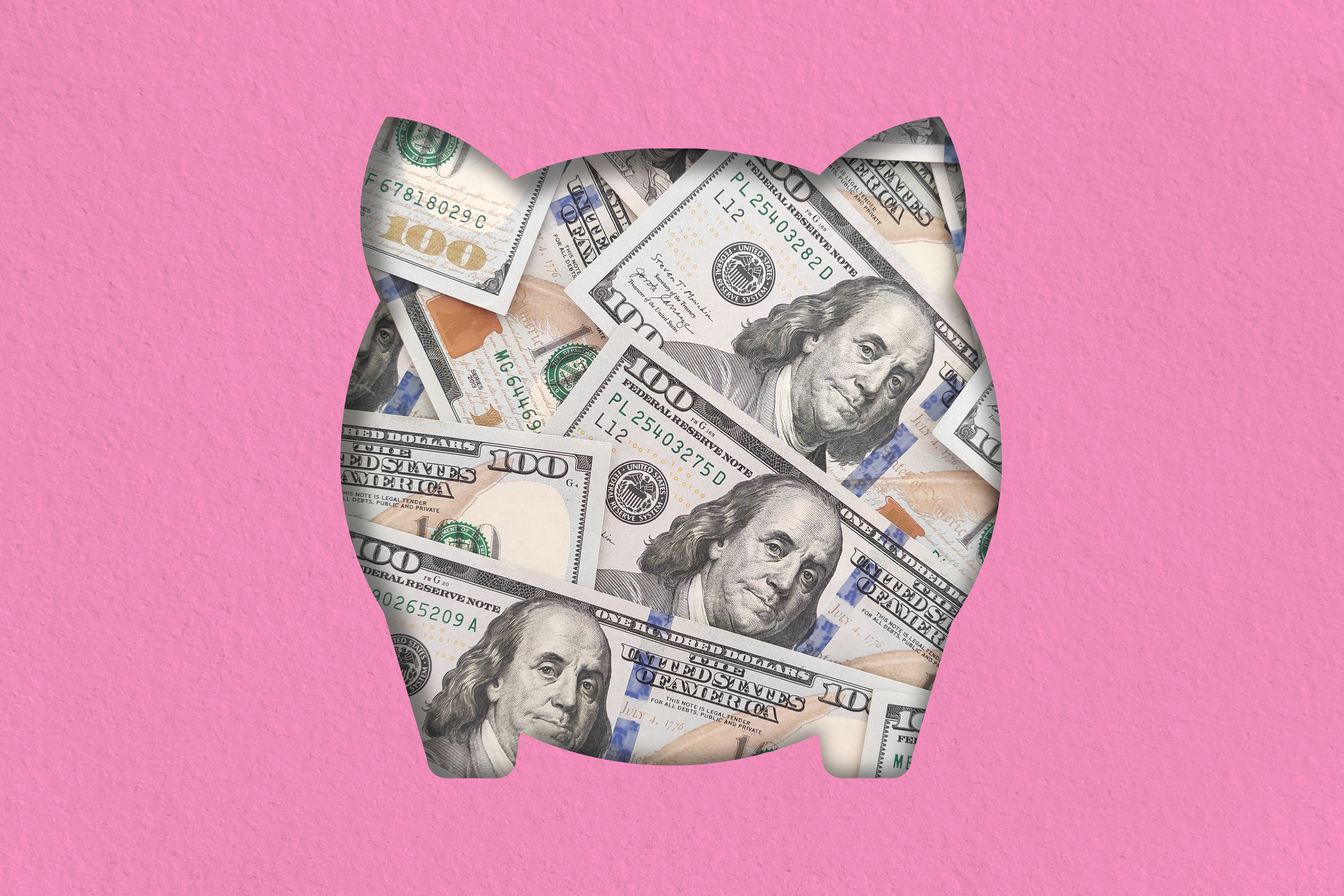
Here are some areas where we're still feeling the pink tax in 2023.
1. Feminine hygiene products are often subject to sales tax because they're considered "luxury items" instead of necessities.
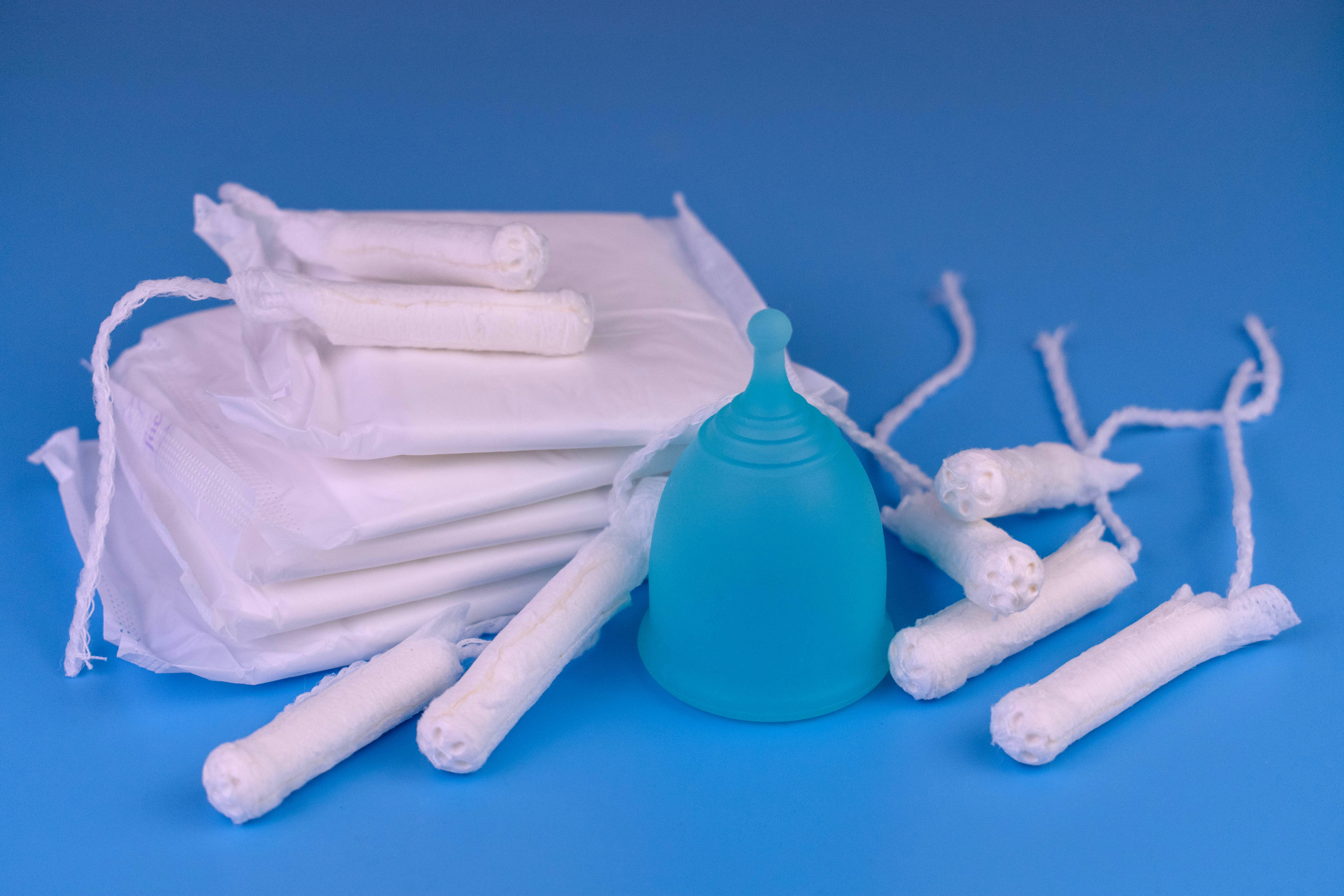
2. Both disposable razors and razor cartridges are subject to pink tax, with cartridges being marked up as much as 25% by certain retailers and manufacturers.
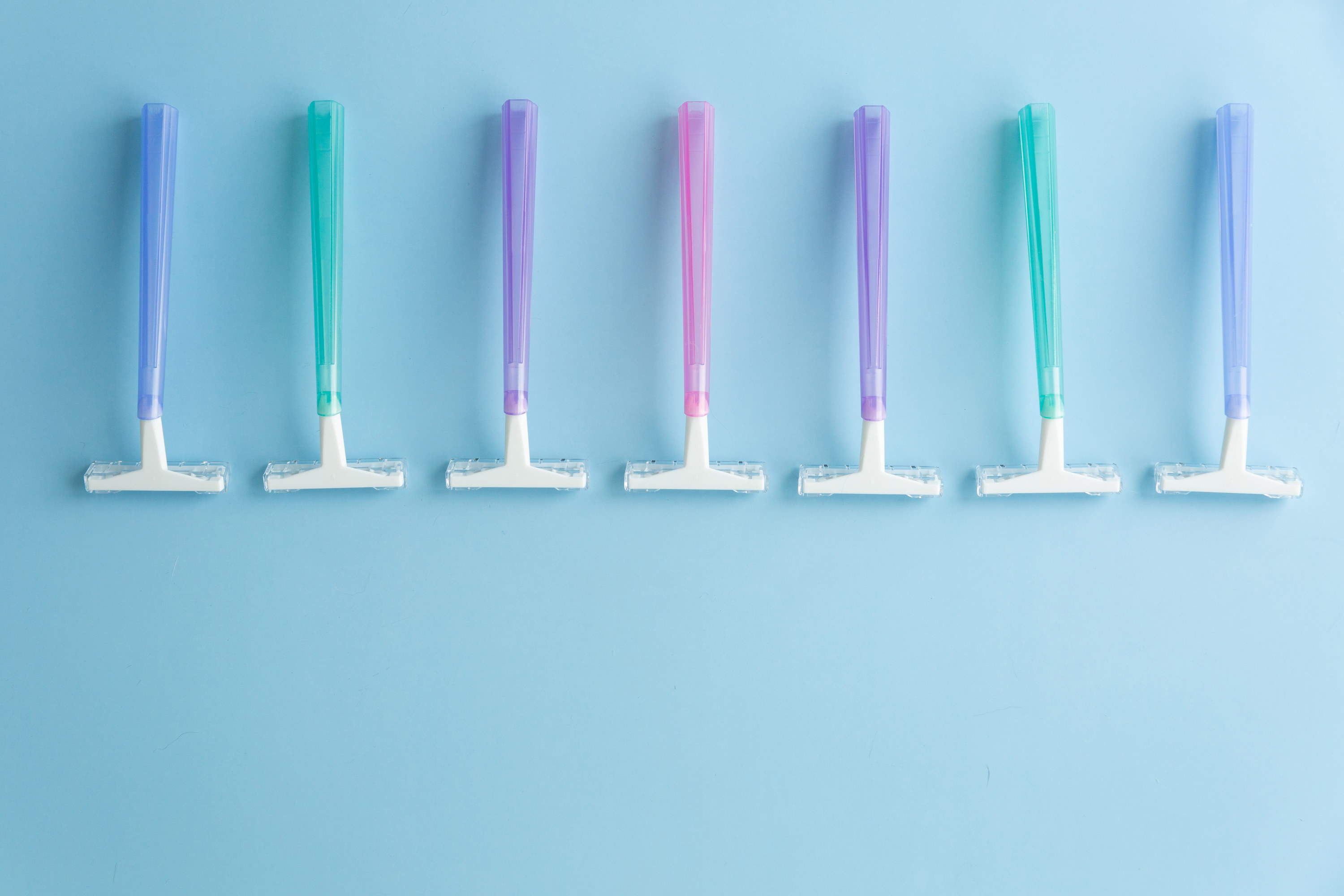
3. Deodorant can be marked up as much as 13% when you're buying women's instead of men's.

4. Lotion sees one of the lowest disparity, with typical markups for women's products around 1% on average.
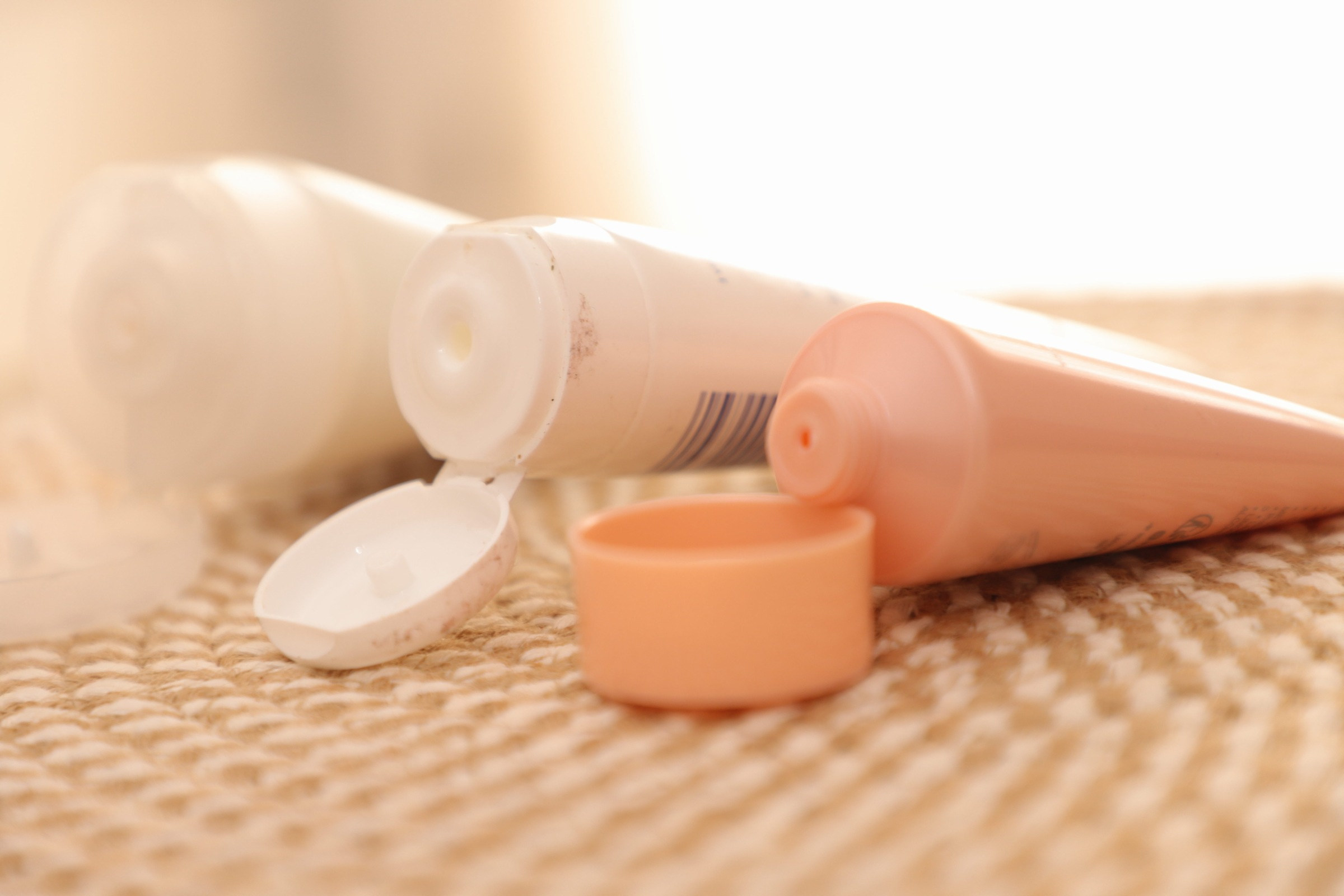
5. Toys bought by women for girls are up to 7% more on average, with some items like elbow/knee pads and helmets marked up as much as 13%.
Can we eliminate this pink tax @LearningHandsOn and @Target?
6. Even when they aren't for humans!
The only difference was the color. Pink tax, but let it apply to dogs too.
7. Children's clothing is also subject to pink tax.

8. Women's clothing, of course, is as well. Not only are prices different, but tariffs on imported products can also be significantly different.
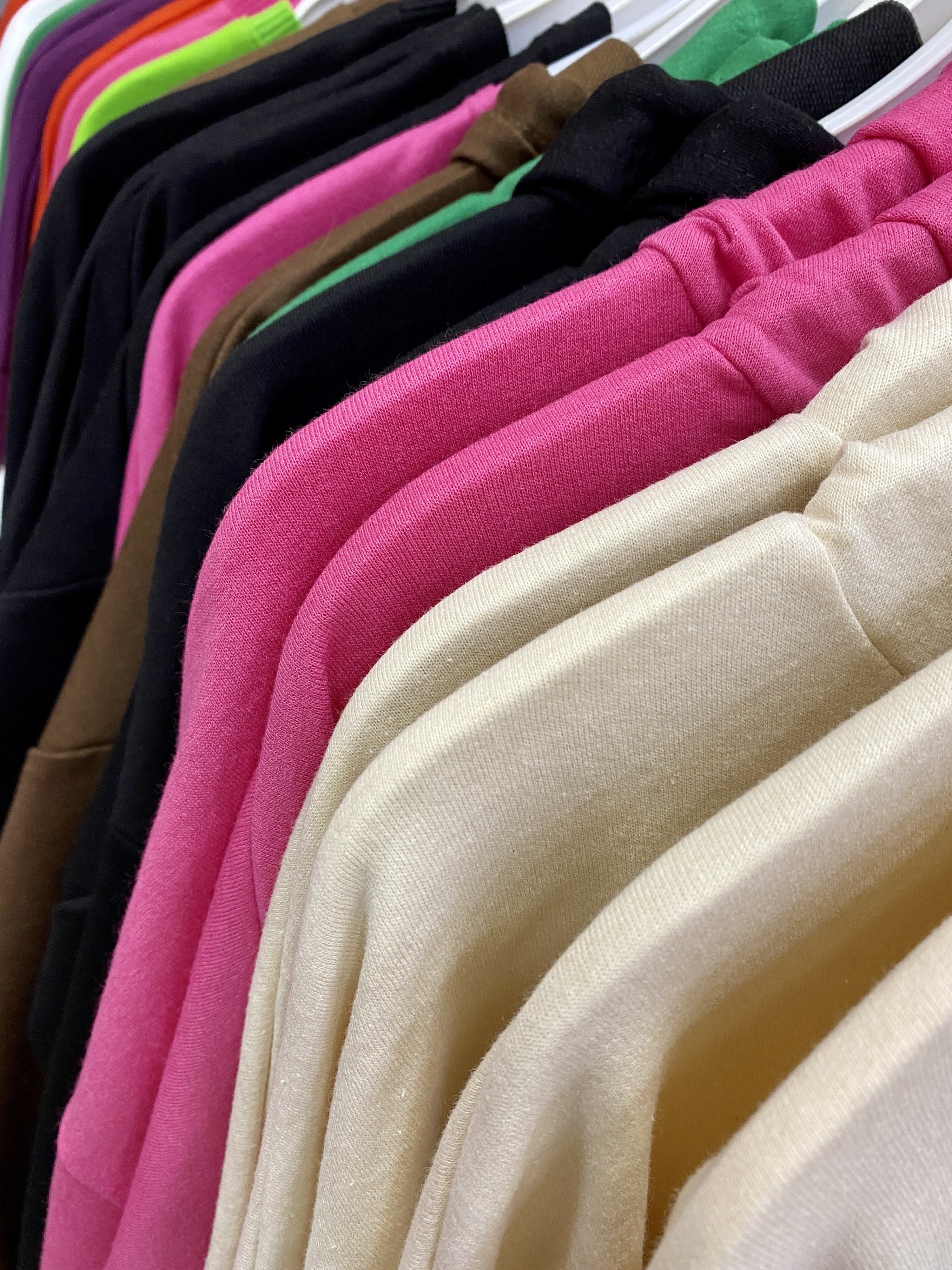
9. Even women's underwear. The current US tariff rate on women's underwear is 3.5% higher than it is on men's — and women buy more underwear (both by pieces and per capita); that adds up.
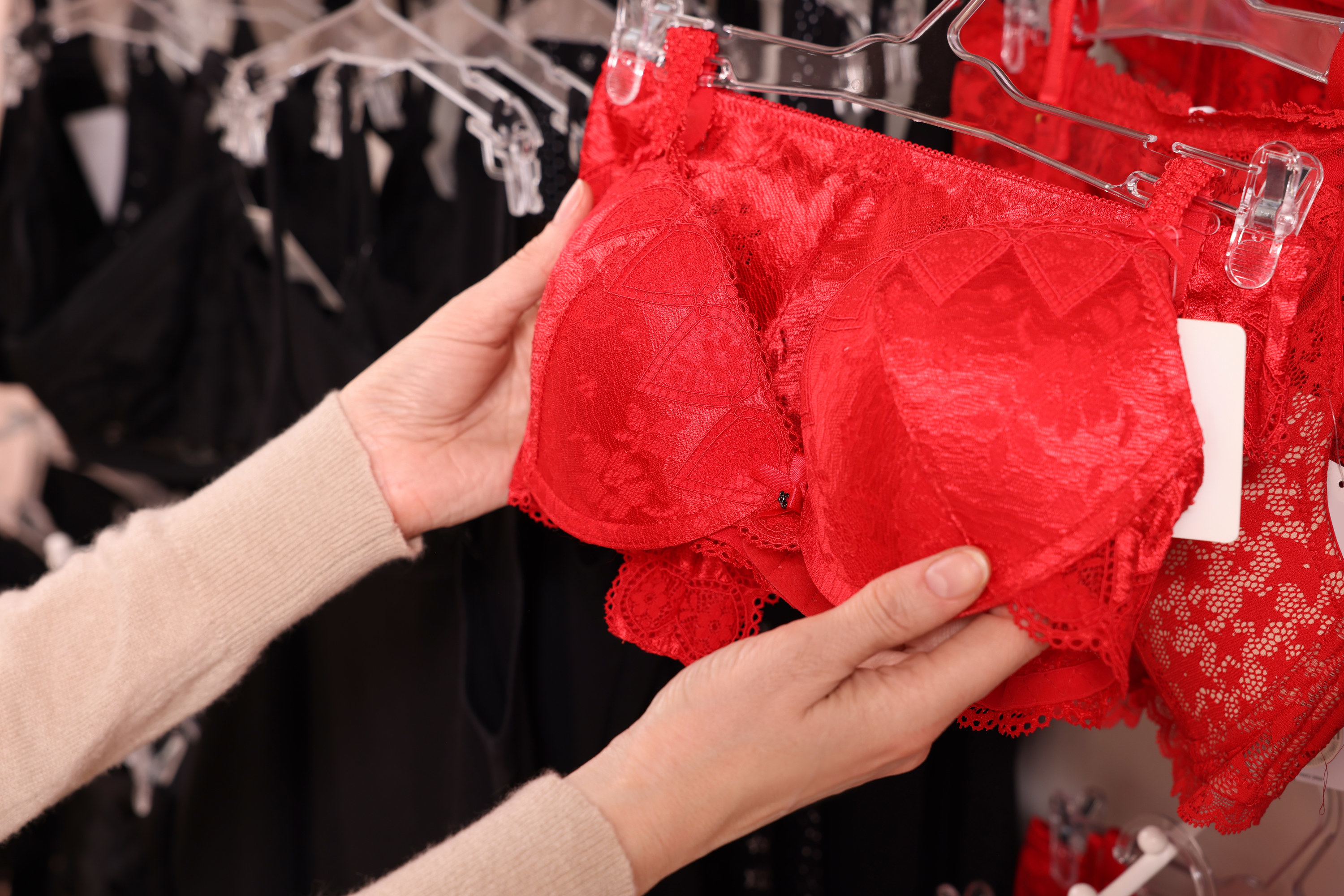
10. Senior care products, including personal urinals, supports and braces, health supplements, and incontinence products see an average 8% markup.

11. Women paid roughly $41.4 million each year nationally in pink tax when it comes to auto loans, and car insurance trends similarly.

12. And last but not least, hand tools are subject to pink tax.
Just now 👇🏽 The Pink Tax has gone up at @Walmart ... $6.24 MORE for the exact same tool kit because the case is PINK instead of black. Just...WOW. 😡
